The booming global semiconductor industry and the current supply chain disruptions have put the spotlight on the crucial role of semiconductor manufacturing. Simultaneously, the concept of nearshoring or reshoring, where businesses shift operations closer to the home country, has gained prominence. One potential destination garnering attention for EU companies in this regard is Serbia. Why? Let’s dive deeper into the rationale behind this move and the unique advantages Serbia offers for semiconductor and related component manufacturing.
1. Strategic Geography:
Serbia is advantageously positioned, geographically speaking. Located in South-Eastern Europe, it stands at the crossroads of main European and international land and sea routes. Nearshoring to Serbia allows EU companies swift access to the European market while also offering a beneficial proximity to the fast-growing markets of Asia and Africa.
2. Competitive Workforce:
Serbia offers a talented, highly-skilled pool of engineers and technicians. The country’s science, technology, engineering and mathematics (STEM) education is among the top in the world, making it ripe for sophisticated industries like semiconductors. Access to such a diverse talent pool helps companies overcome labor shortages and cope better with the intricate nature of silicon chip production.
3. Favorable Economic Climate:
Serbia presents a compelling cost-advantage for businesses. It offers one of the most competitive labor costs in Europe and a lower cost of doing business compared to western countries. In addition, the Serbian government is actively encouraging foreign direct investment (FDI) in high-tech sectors with attractive incentives and tax breaks.
4. Advanced Infrastructure:
The country has invested heavily in its telecommunications and transport infrastructure to facilitate the operations of tech firms. Serbia’s focus on creating an advanced industrial infrastructure will be a lift for semiconductor manufacturers.
5. Regulatory Alignment:
Serbia’s ambition to join the EU makes it motivated to align regulations and standards with the EU. It provides a favorable policy framework for EU-based semiconductor companies, making the transition smoother.
6. Green Manufacturing:
Serbia is rich in renewable energy sources like solar, wind, hydro, and bio-energy, enabling opportunities for eco-friendly manufacturing— a rising demand amid increasing environmental concerns among EU stakeholders.
Nevertheless, despite these advantages, nearshoring to Serbia does come with its set of challenges. A regulatory environment still undergoing changes, a need for improvements in intellectual property protections, and potential cultural and language barriers are concerns that businesses need to acknowledge.
In conclusion, nearshoring semiconductor manufacturing to Serbia can be a strategic move for EU companies striving to secure their supply chains, access a robust talent pool, and cut costs while maintaining quality. As long as companies approach this transition strategically and aware of possible hurdles, Serbia presents a promising haven for the future of the semiconductor industry within the EU’s reach.
